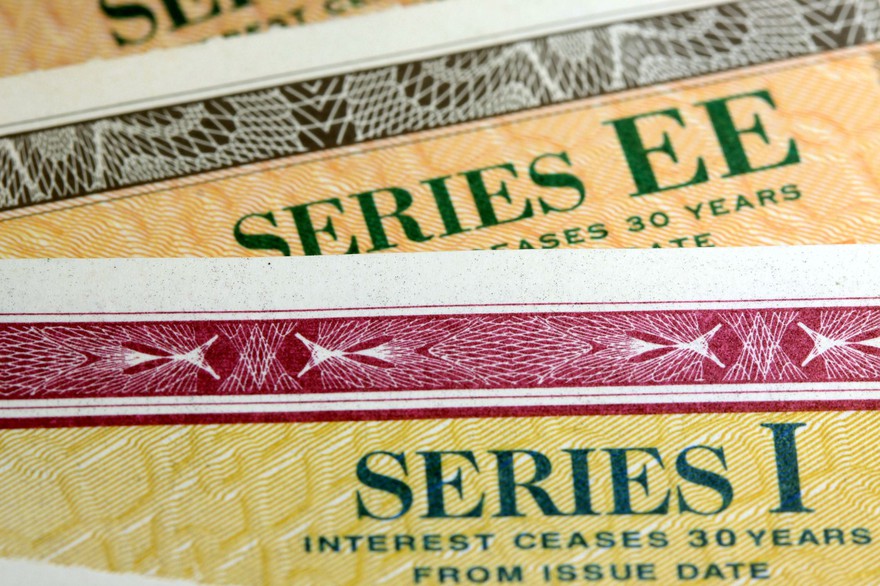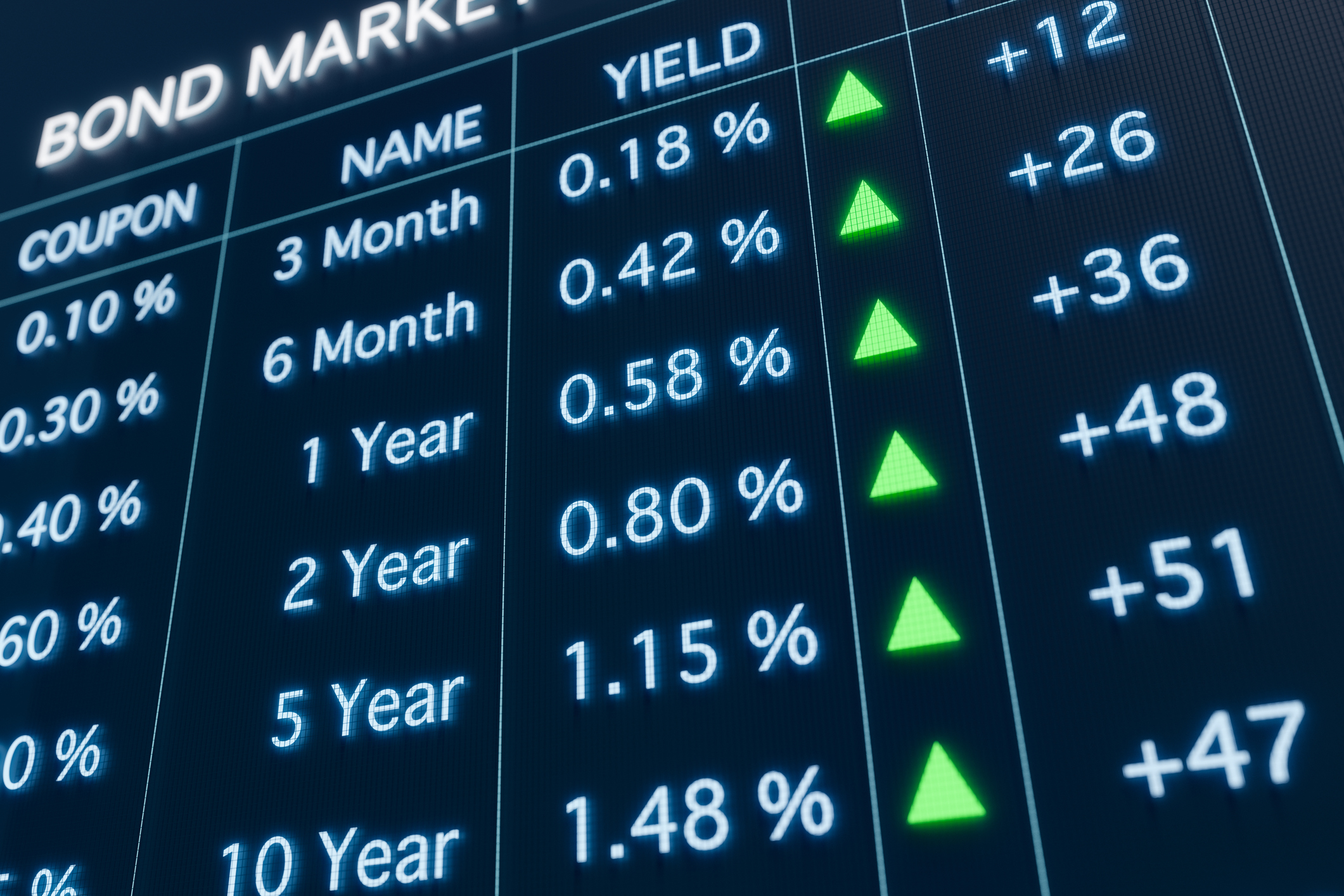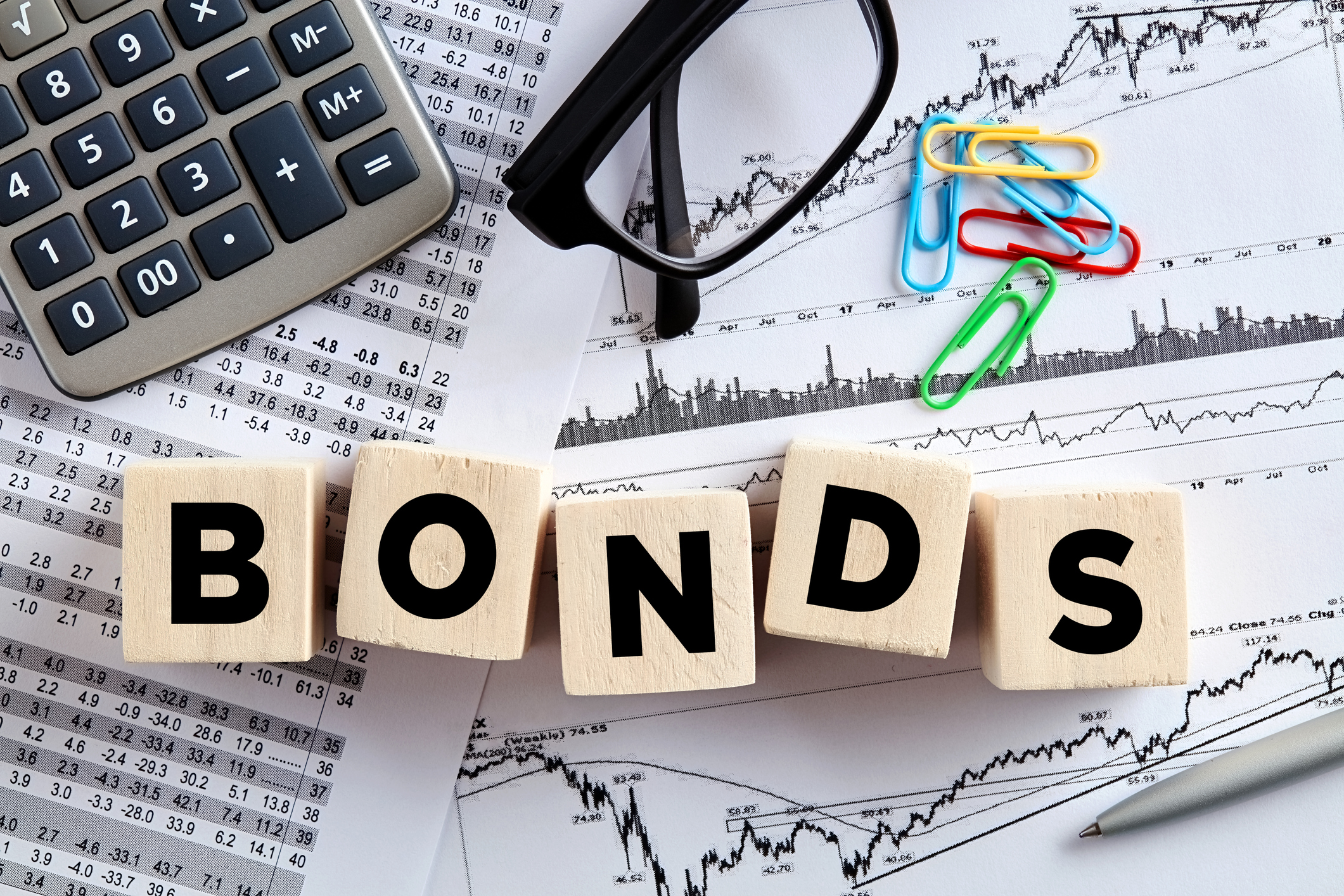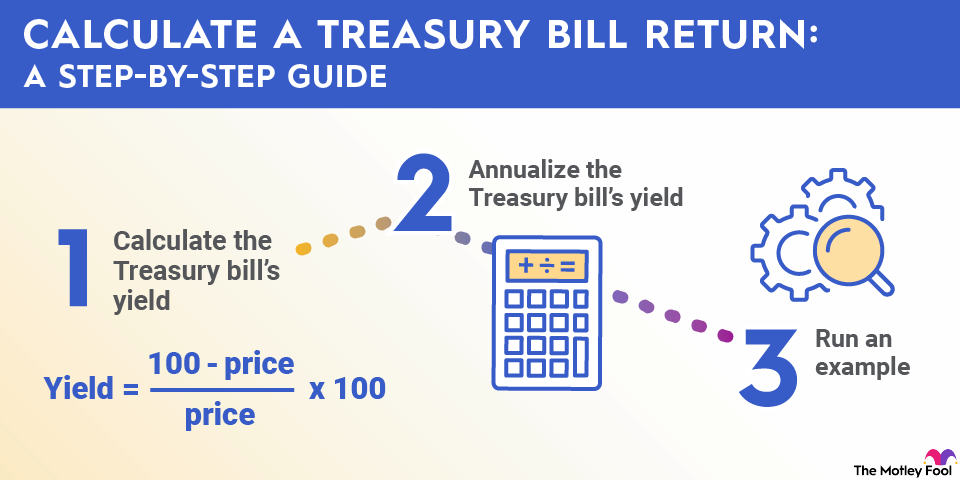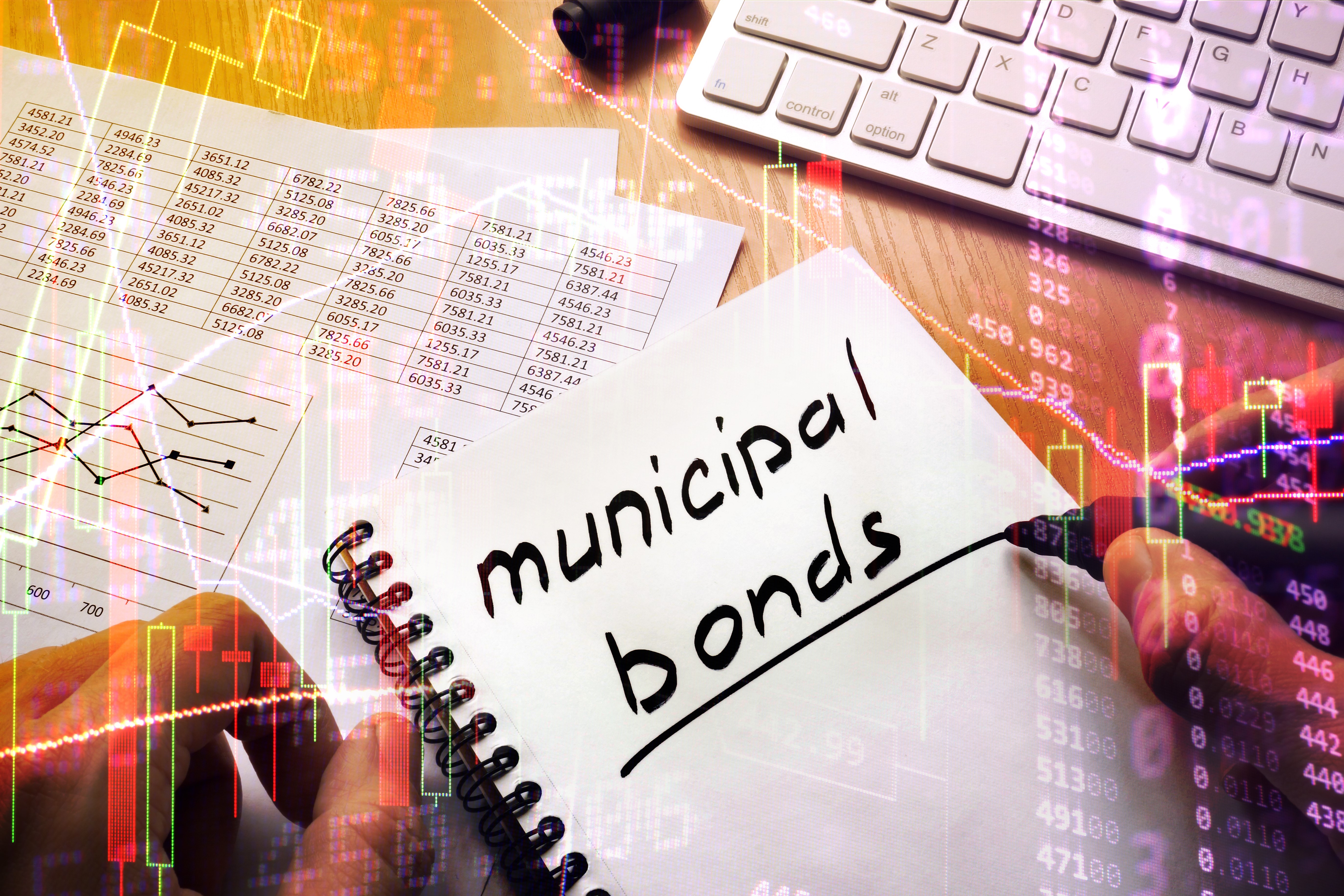Everyone wants to build wealth to improve their lives and the lives of their family. For many people, owning a business or buying real estate is out of reach. However, putting some of your money into investments, such as stocks and bonds, is within reach of anyone with disposable income.
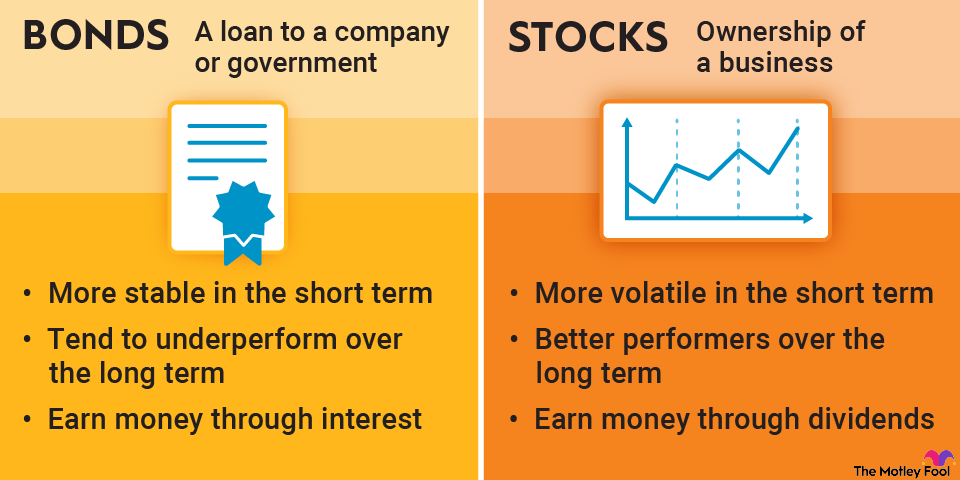
History has shown that owning stocks and bonds is a good way to build wealth. According to data compiled by Vanguard, a 60/40 portfolio -- 60% stocks and 40% bonds -- earned almost 7% in annualized total return over the prior decade through September 2024.
That may not sound like much, but it works out to double your money approximately every decade and with less volatility than a stock-only portfolio. Below, we will discuss stocks and bonds and their differences. If you're looking to learn how to grow and protect your wealth, this article should answer a lot of your questions.
What are stocks?
Stocks represent shares of ownership in a business. When you buy stock in a company, you become a partial owner. Over time, if the company does well and becomes more valuable, your share of the company will gain in value.
Of course, the opposite is also true: If a business struggles or its profits (or prospects for future profits) decline, the company's value and its stock price can fall, resulting in losses.
How do I make money with stocks?
Buying stocks in high-quality companies at fair prices and then holding them for years is the simplest and most accessible strategy to make money with stocks. Although stocks are volatile in the short term, it's often based more on short-term economic and stock market sentiment than individual company issues.
But when measured in years, the biggest gauge of a stock's value is the company's earnings per share growth. The more profitable a company becomes, the more valuable its stock.
Stocks can also be great ways to generate income, typically via dividends (i.e., cash paid by a company directly to shareholders). Not all stocks pay dividends, but more mature, stable companies that generate more cash than they need to fund improvements and growth will usually return what's left in dividends.
Investors can also invest with options, which are contracts between investors to either buy or sell shares of a stock at an agreed-upon price in the future.
Types of stocks
The most common kind of stock is, well, common stock. You have an ownership stake in a company and usually a vote in shareholder matters at the annual shareholder meeting.
Some companies have multiple share classes, with the difference usually being voting power. For example, there are two classes of Alphabet (GOOGL +0.85%) (GOOG +0.88%) shares: GOOGL owners can vote, but GOOG owners have no voting rights.
Preferred stock is very different from common stock. It's closer to a bond, with a redemption price, a set dividend, and usually a redemption date (meaning the company will repay investors the redemption value plus dividends owed).
Preferred shares tend to hold up their value, but they have very limited upside. The upside is usually a higher dividend yield than common stock in the same company, with less volatility and a smaller risk of losses.
Pros and cons of stocks
Pros
- Upside potential is only limited by a company's ability to increase earnings per share.
- They are easily accessible to anyone with some disposable income.
- They have a long track record as a reliable long-term wealth generator.
Cons
- There is a risk of permanent losses if a company struggles or fails.
- Volatility increases losses if held for only short periods of time.
- Market swings can make it emotionally difficult to hold through stock downturns.
How do I buy stocks?
Buying stocks has never been easier, with a wide range of reputable online brokers offering low-cost (or no-cost) trades and different kinds of accounts, depending on your needs. Many brokers also offer zero-commission trading, as well as fractional investing, which allows you to buy less than one full share of a company's stock.
What are bonds?
While stocks are ownership in a company, bonds are loans to a company or government. Because bonds are loans with a set interest payment, a maturity date, and a face value the borrower will repay, they tend to be far less volatile than stocks.
That's not to say they're risk-free. Bonds can lose value if the borrower has financial trouble and is at risk of defaulting on their debt. But even in a worst-case scenario of bankruptcy liquidation, bondholders are ahead of other creditors and shareholders when it comes to getting repaid.
Bond prices can also rise and fall inversely with interest rates. If you sell a bond on the secondary market before it matures, it may sell for a loss if interest rates have gone up.
How do I make money with bonds?
Generally, investors profit from the yield they earn by owning bonds. Bond prices can fluctuate, losing value as interest rates rise and gaining value as they fall. But generally, if you buy a bond and hold it to maturity, you will earn some yield and get back the face value (the price the bond was issued for).
Note that some bonds are convertible, which means the borrower can repay the bond with stock. If this is the case and you don't want to own shares of the company, you'll want to either sell the issue before maturity or sell the shares you get when the bond matures.
Types of bonds
Treasury bonds, notes and bills are issued by the U.S. government. They range from four weeks to 30 years before maturity and are generally viewed as the safest bonds on Earth.
Municipal bonds are issued by state and local governments. They are generally very safe and usually pay higher yields than Treasury bonds.
Corporate bonds are issued by private companies. Depending on the issuer's financial strength and creditworthiness, bonds can be very safe or much riskier.
For riskier bonds, investors are paid a premium in the form of a higher yield based on that risk. As described above, most bonds are repaid in cash at maturity, but with convertible notes, the issuer can repay investors with shares of the company's stock.
Pros and cons of bonds
Pros
- They are a stable, low-volatility source of income.
- They have a lower risk of permanent losses than stocks.
- Bonds have a higher yield than savings, which helps protect the value against inflation.
- The value can increase if interest rates fall.
Cons
- Bonds can lose value if the issuer cannot make interest payments or repay them at maturity.
- They can lose value if the investor sells the bond before maturity and interest rates have increased.
- They have generally underperformed stocks as a long-term investment.
How do I buy bonds?
Like stocks, most online brokers have a trading platform for buying and selling corporate and municipal bonds, both new issues (from the company) and secondary markets (from other investors). You can buy Treasury securities directly through the Treasury Direct website.
However, most investors own bonds through bond mutual funds or exchange-traded funds (ETFs). These funds specialize in buying and selling bonds and pool investors' money to do so, collecting a fee known as an expense ratio to cover costs and earn a profit. Depending on the type of bond you want to own, you can invest in a bond ETF that specializes in it.
It's worth noting that bond funds subject investors more to interest-rate volatility. As we saw in 2022, bond prices crashed when the Federal Reserve sharply increased interest rates due to the inverse correlation between bond prices and interest rates.

Bond fund investors felt the full brunt of the crash in bond ETF and mutual fund prices. However, investors who held bonds directly and could hold them through maturity were not exposed to this downside since the bond issuers were still obligated to fully repay the redemption value of the bonds.
Stocks versus bonds: Which is the right investment for you?
It's important to remember that stocks and bonds -- just like cash, real estate assets, precious metals, cryptocurrency, and a litany of others -- are financial tools in your wealth-building and maintaining toolbox. What do we know about stocks and bonds as financial tools?
Related investing topics
Bonds are more stable in the short term, but they tend to underperform stocks over the long term. The inverse is true with stocks, which can be volatile -- especially during periods of economic uncertainty -- but have been better wealth generators when held for five years, a decade, or even longer.
That's particularly true if you're regularly contributing new money and making investments for financial goals that are many years in the future. The rule of thumb in asset allocation is that the further you are from a financial goal, the more stocks and fewer bonds you should own.
But as you move closer to that goal, such as retirement or paying for a child's education, you should move more of your assets into bonds. The idea is to maximize the wealth-building power of stocks over the long term while using bonds to protect that wealth as you approach a financial finish line.
FAQ
About the Author
Suzanne Frey, an executive at Alphabet, is a member of The Motley Fool’s board of directors. Jason Hall has no position in any of the stocks mentioned. The Motley Fool has positions in and recommends Alphabet. The Motley Fool has a disclosure policy.




